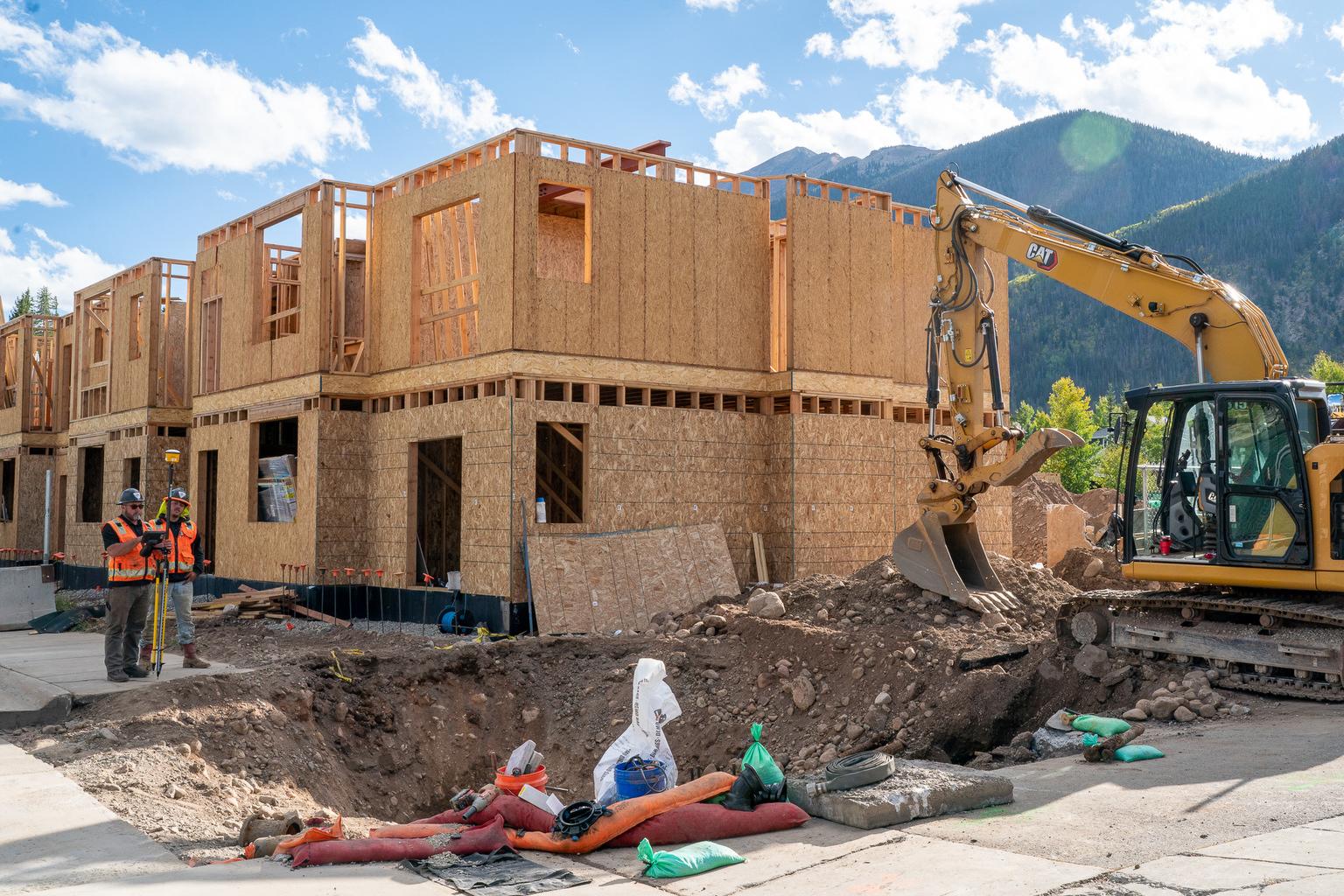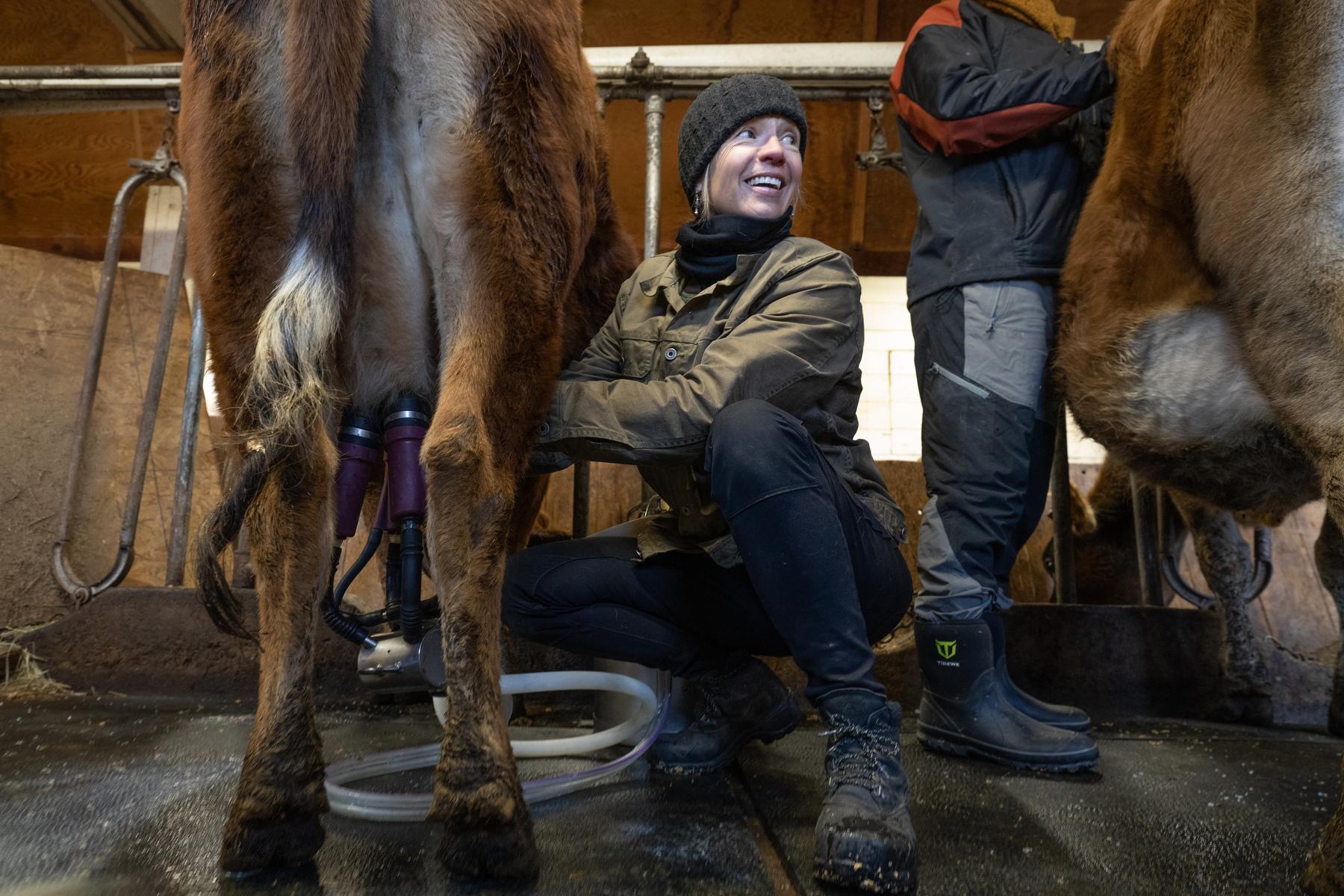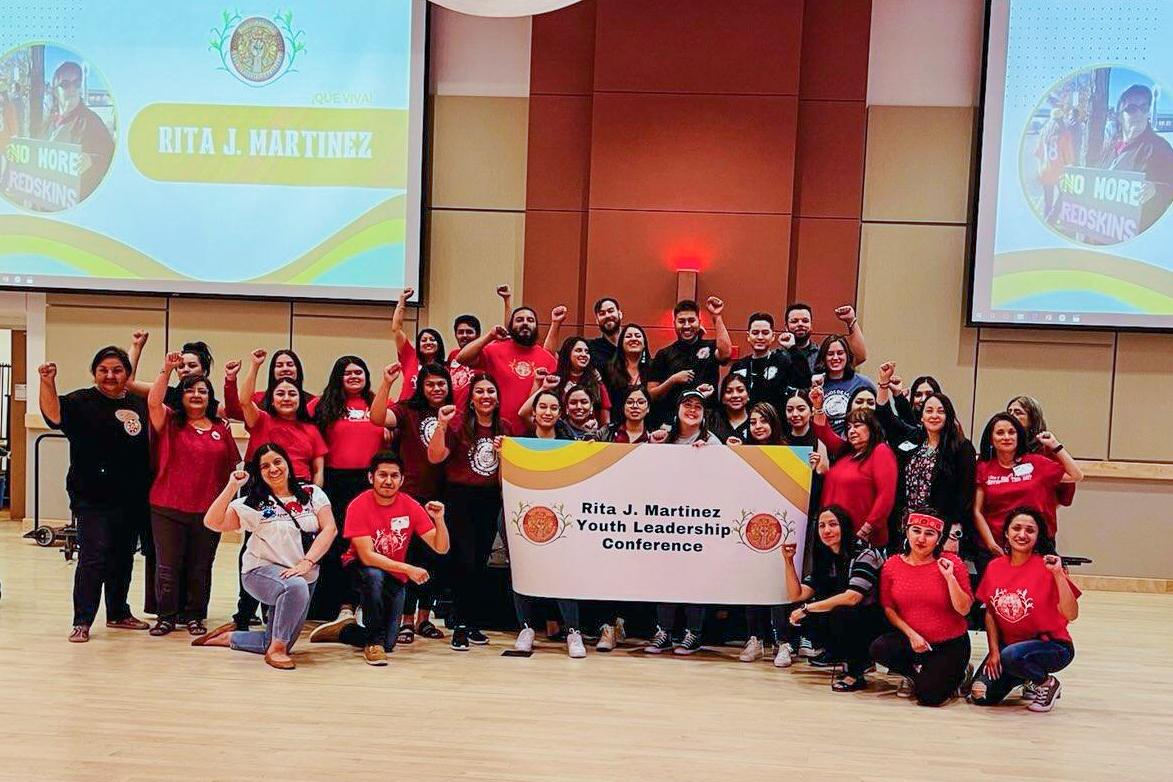On Jan. 15, 1920 the city of Pueblo bought some 600 acres in the Wet Mountains about a half hour southwest of town. This forested land near Beulah became Pueblo Mountain Park.
In the aftermath of violent labor disputes in Southern Colorado like the Ludlow Massacre in 1914, the community was looking for ways to improve the lives of local workers, and recreation was an important part of this effort.

Initially roads were constructed for access into the U.S. Forest Service lands adjacent to the park, then in the 1930s the park's lodge and other infrastructure was built. Church camps and company picnics were some of the more popular activities there during the first half of the park's history.
A century ago, heading up into the Wet Mountains was a way for folks in Southern Colorado to beat the summer heat. It still is, says Dave Van Manen the founder of the nonprofit that oversees Pueblo Mountain Park. But some things have changed - like people's motivations to get outdoors.
"At first it was touted as a place to promote automobile-based recreation, where folks would drive up here," says Van Manen. "And I think as the century wore on, we needed to create programs in the park for folks to come to."
Now they offer guided snowshoeing, wild flower and full moon hikes on the park's six mile trail system. And, over the last three decades tens of thousands of children have come to the park's school programs, according to Van Manen.
"Pueblo Mountain Park is an amazing place to bring people to learn about nature and basic ecology. A lot of the natural systems are very well established and functioning there," Van Manen says.

Environmental education along with protecting wilderness and creating recreational opportunities were part of the vision of Arthur Carhart, the landscape architect who created the recreational plan for the portion of the San Isabel National Forest that is adjacent to Pueblo Mountain Park. This recreation plan was the first of its kind for the U.S. Forest Service. Carhart also inspired Pueblo to create its mountain park a hundred years ago.
The renovated historic Horseshoe Lodge was built by the Civilian Conservation Corps and the Works Progress Administration in the 1930s. According to the Beulah Historical Society other facilities were constructed based on Carhart's ideas.
According to Van Manen, the lodge and activities attract people to the park from around Colorado and around the world.
Editor's Note: The link to the Beulah Historical Society has been updated since this story was originally published.








